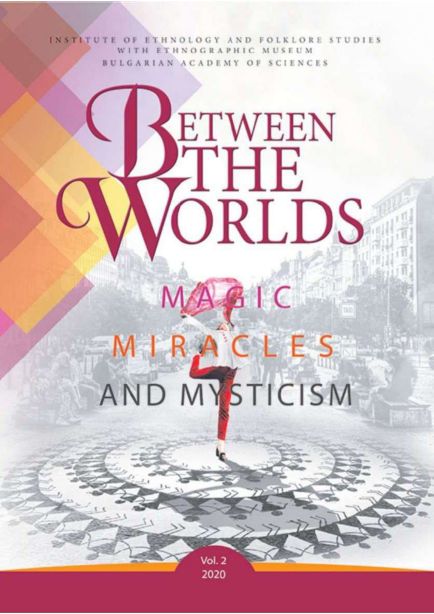Beliefs about Flying Serpents in Belarusian, Estonian and Russian Estonian traditions
Beliefs about Flying Serpents in Belarusian, Estonian and Russian Estonian traditions
Author(s): Mare Kõiva, Elena BoganevaSubject(s): Anthropology, Customs / Folklore, Cultural Anthropology / Ethnology, Culture and social structure
Published by: Институт за етнология и фолклористика с Етнографски музей при БАН
Keywords: mythological texts; beliefs; flying serpents; mythological enrichment characters
Summary/Abstract: Flying fire serpents are known in almost all regions of the Slavic world, including in the Baltic States, and among the Finno-Ugric peoples. For Belarusians, the flying serpent is a common character found in modern beliefs and narratives. If we compare traditional Belarusian beliefs regarding enriching flying serpents with the perception of Russians in Estonia – reflected in records from the period 1920–1940 and archived in the Estonian Literary Museum – we may find a number of parallels in the descriptions of 1) the appearance of the demonic character; 2) reciprocal actions of the enriching snake, or treasure bearer and the man he serves. In addition, Russians in Estonia are able to associate the flying serpent with the Estonian demonological character kratt. Kratt was one of the most popular mythological characters in Estonia until the mid-20th century. There were grain, money, fish, and milk bringers in the tradition. Part of treasure bearers were either made at home, or bought in Riga. Sometimes either a witch’s or mundane person’s soul acted as a kratt. The names often refer to the fact that these are fire-tails or spark-tails, yet the majority are zoomorphic (bird, animal, reptile) or anthropomorphic human-shaped forms. To make them, common everyday items, often good for nothing, are used.Flying fire serpents are known in almost all regions of the Slavic world, including in the Baltic States, and among the Finno-Ugric peoples. For Belarusians, the flying serpent is a common character found in modern beliefs and narratives. If we compare traditional Belarusian beliefs regarding enriching flying serpents with the perception of Russians in Estonia – reflected in records from the period 1920–1940 and archived in the Estonian Literary Museum – we may find a number of parallels in the descriptions of 1) the appearance of the demonic character; 2) reciprocal actions of the enriching snake, or treasure bearer and the man he serves. In addition, Russians in Estonia are able to associate the flying serpent with the Estonian demonological character kratt. Kratt was one of the most popular mythological characters in Estonia until the mid-20th century. There were grain, money, fish, and milk bringers in the tradition. Part of treasure bearers were either made at home, or bought in Riga. Sometimes either a witch’s or mundane person’s soul acted as a kratt. The names often refer to the fact that these are fire-tails or spark-tails, yet the majority are zoomorphic (bird, animal, reptile) or anthropomorphic human-shaped forms. To make them, common everyday items, often good for nothing, are used.
Journal: Between the Worlds
- Issue Year: 2/2020
- Issue No: 2
- Page Range: 386-401
- Page Count: 16
- Language: English

